|
15th June 2021 It's a Tuesday evening at The Sovereigns with the Woking Gaming Club. Continuing a theme, the second and concluding game of the night was another cooperative game. Previously; we'd defended the kingdom from invaders by rolling for adventure. Now, we're going to defend the kingdom from invaders by being tiny... and epic! What's in a game? Like all Tiny Epic games, this comes packaged in a small, sturdy box with a bunch of tiny components.
Artwork on the region cards is nice enough and fairly evocative of their respective regions, meanwhile the art style used for the enemies and player characters reminds of art used in various fantasy videogames, which is no bad thing, it's bright and colourful, which I like. How's it play? Setup
On to play To some degree, play in Tiny Epic Defenders is determined by the turn deck. In each turn, reveal a card from the turn deck and activate it's action.
Endgame When the epic foe is revealed, the endgame is triggered. The turn deck is still used, but no new cards are added and play continues until one of the following conditions is met. The players must reduce the epic foe's health to 0 in order to win. If the threat level of the Capital City reaches maximum at any time during play, then the players lose. Overall
Tiny Epic Defenders is quick to set up, learn and play, with those artefact tokens it also looks pretty cool when your ITEMeeple is tooled up. It seems to play a little different to most other cooperative games I've encountered. Those other games tend to make players choose between working towards an objective or managing an ongoing problem of some kind. Tiny Epic Defenders' is mostly about the kingdom and characters surviving the attrition the game throws at them until the epic foe appears, then players have to balance their actions between defeating the epic foe and defending the kingdom. Like other cooperative games, managing bad luck is vital to victory, in this case it from the turn deck. This means it's a game about mostly adapting and optimising tactics in preparation for when the epic foe appears and I feel it's particularly important to defend against dire enemies as its the only way to earn artefacts, which can prove vital to victory. How the turn deck works in conjunction with the horde deck seems like a clever mechanic; players will know how often they get to act and generally how many times enemies attack, but not the order. It makes the game feel like the luck mechanic isn't too unpredictable, which is no bad thing. Adding cards from the horde deck however, introduces two further elements into this. Firstly, escalating the threat by adding more enemies and secondly, by also introducing a new random facet to the turn deck because the added cards are hidden until they're revealed. All of this works to raise stakes and tension as the game continues. Having said that, when defending against enemies, it felt a little unsatisfying and futile when they were only sent to the discard pile instead of being defeated outright, but I guess that's necessary for the turn deck to work. I also found the tactics a little on the lighter side, ultimately, there were only 6 total locations that needed defending and decisions tended to be between lowering threat in a region or sitting a region waiting to defend it when it was inevitably attacked in an enemy action. It's not a gamebreaker, I'm just not sure how well it holds up to repetitive play. If you're looking for a fairly quick-to-play introductory cooperative game to try, you could do worse than look at Tiny Epic Defenders. Or if you like cooperative games and want something a bit lighter, it might also be for you.
0 Comments
Leave a Reply. |
AuthorI play, I paint. Archives
March 2024
Categories
All
|

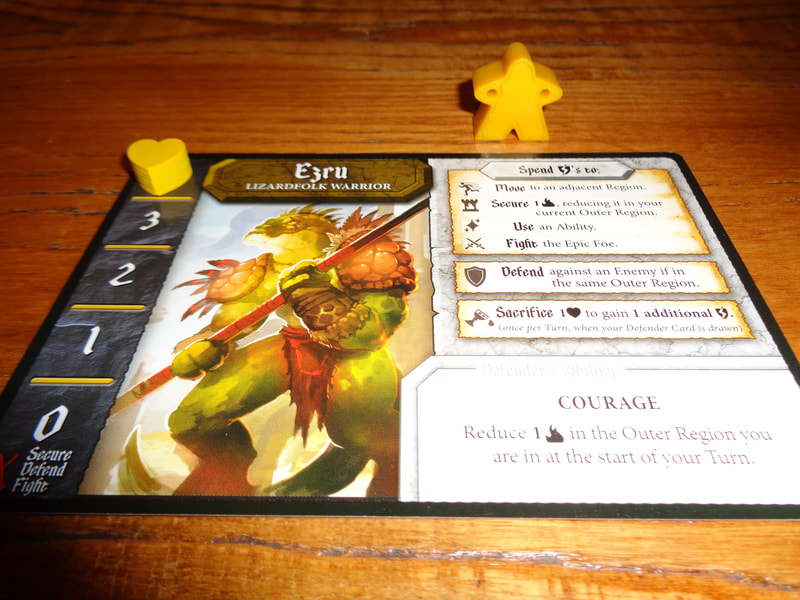
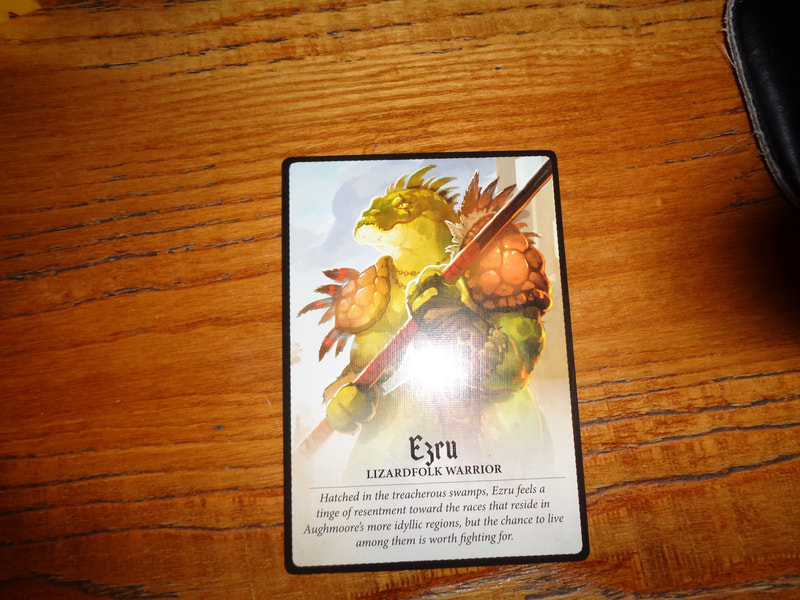
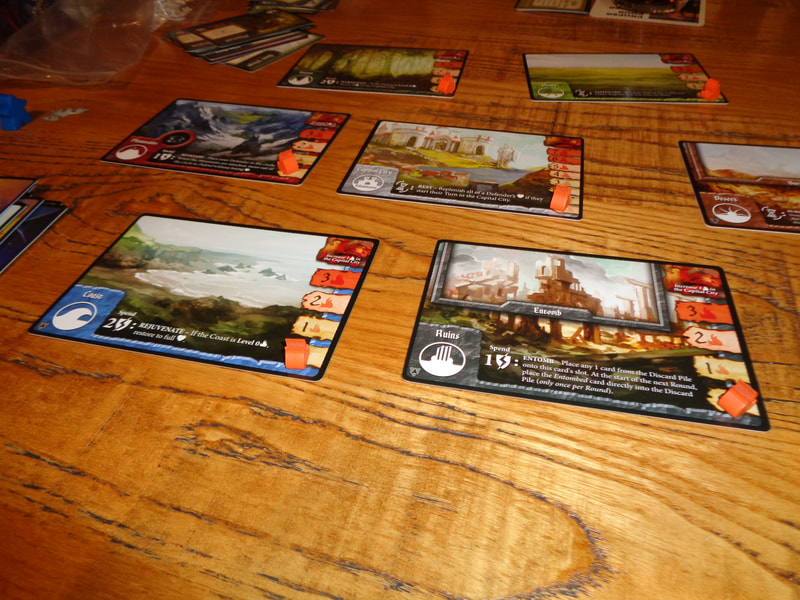
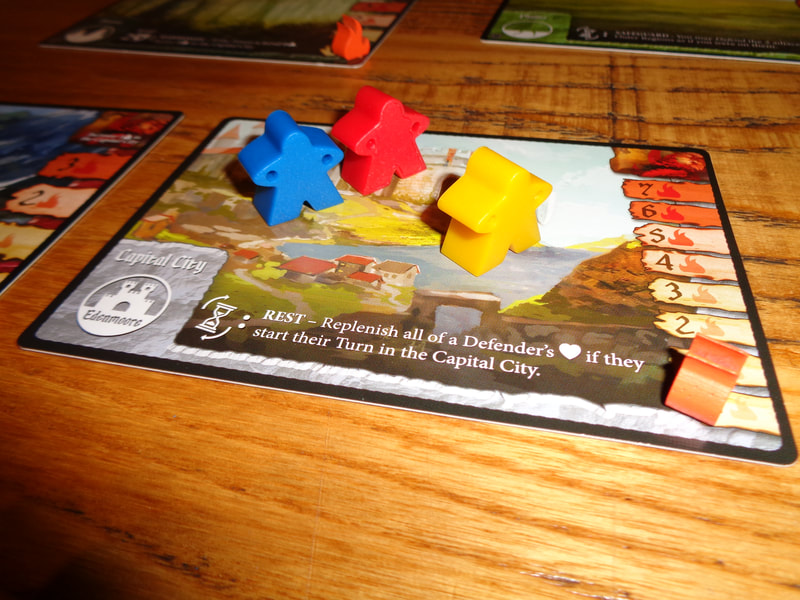
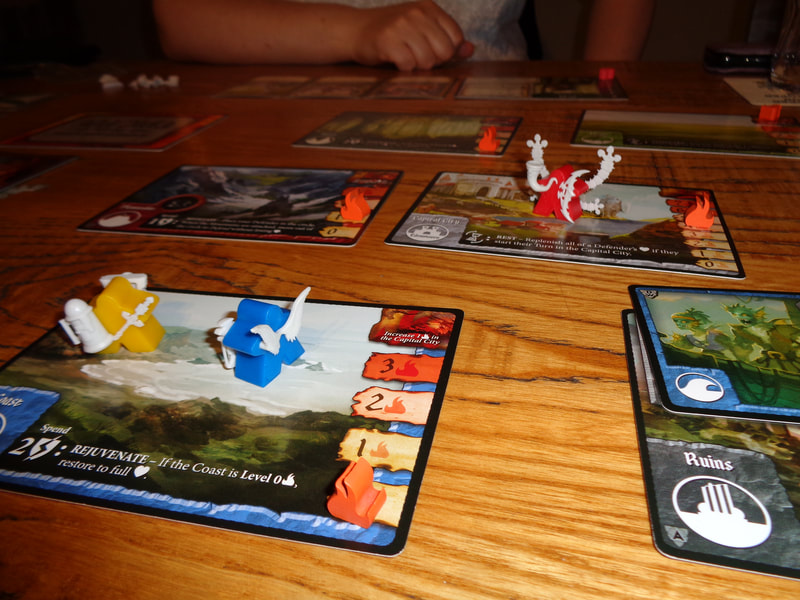
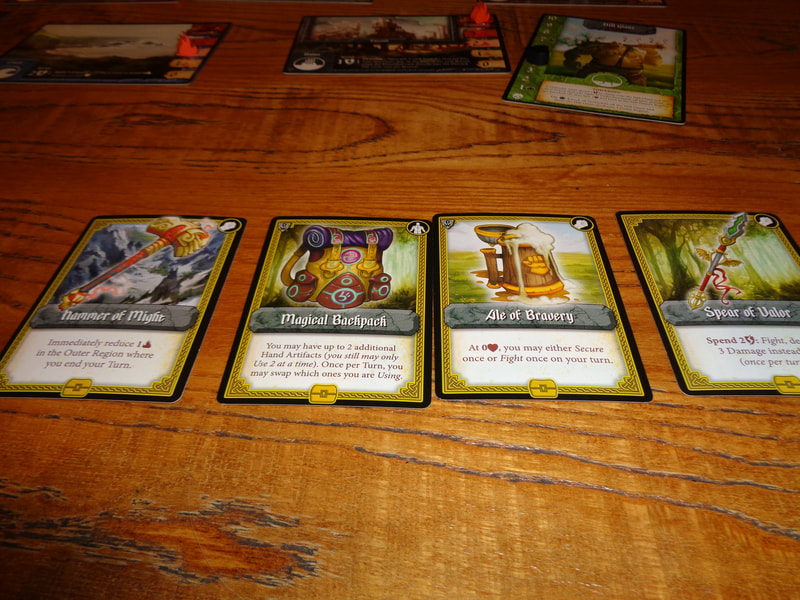
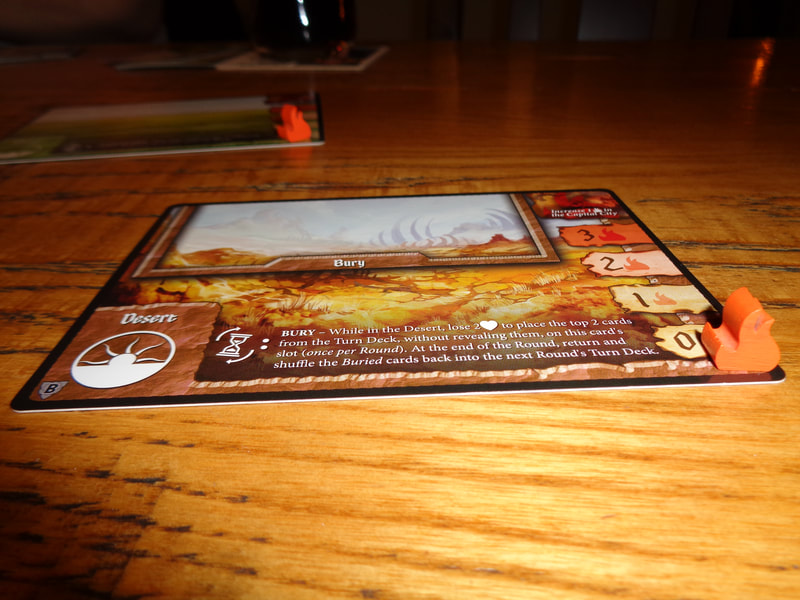
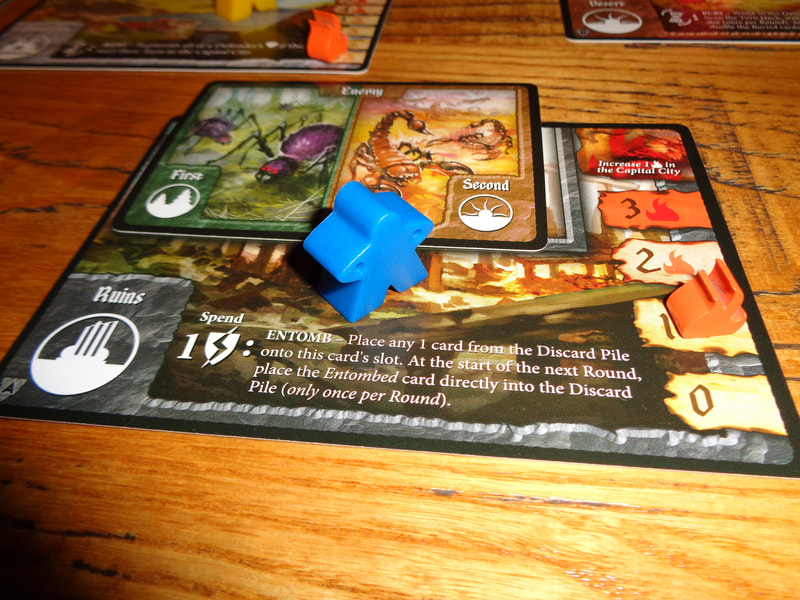
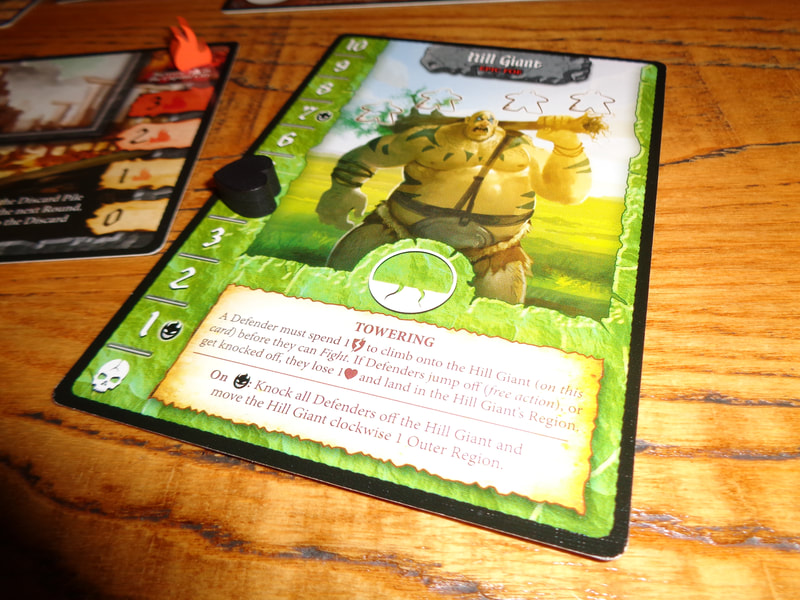
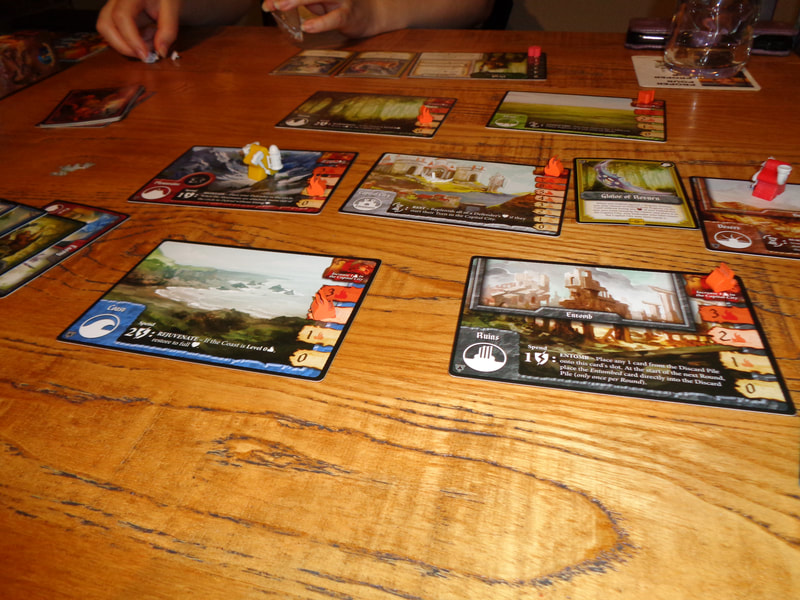
 RSS Feed
RSS Feed
